Intended Use
Kligler Iron Agar (DM127) is use for the differentiation of members of the Enterobacteriaceae on the basis of their ability to ferment dextrose and lactose and to liberate sulfides.
Product Summary and Explanation
Kligler Iron Agar is a modification of Kligler’s original formula, a combination of the lea d a c eta te medium described by Kligler(1) and Russels Double Sugar Agar(2) and is used as a differentiation medium for typhoid, dysentery and allied bacilli.(3) Russell described a new double sugar tube medium containing glucose, lactose, and an indicator, for the isolation of typhoid bacilli from urine and feces. Six years later, Kligler develo ped a simple lead acetate medium for the differentiation of the typhoid-paratyphoid group. Subsequently, Kligler found lead acetate could detect hydrogen sulfide when combined with Russell double sugar medium for the differentiation of typhoid, partyphoid, and dysentery groups.(4) Bailey and Lacey substituted phenol red for andrade indicator previously used as pH indicator.(5) Kligler Iron Agar differentiates lactose fermenters from the non-fermenters. It differentiates Salmonella typhi from other Salmonellae and also Salmonella paratyphi A from Salmonella scottmuelleri and Salmonella enteritidis.(6) Kligler Iron Agar is recommended for differentiation of enteric gram-negative bacilli from clinical specimens(7,8) and food samples.(9)
Fermentation of dextrose results in production of acid, which turns the indicator from red to yellow. Since there is little sugar i.e. dextrose, acid production is very limited and therefore a reoxidation of the indicator is produced on the surface of the medium, and the indicator remains red. However, when lactose is fermented, the large amount of acid produced, avoids reoxidation and therefore the entire medium turns yellow.
Principles of the Procedure
Kligler Iron Agar contains peptic digest of animal tissue, beef and yeast extract which provides nitrogen, carbon, and vitamins required for organism growth. Sodium chloride maintains the osmotic balance of the medium. Lactose and glucose (dextrose) are fermentable sugars which enables the differentiation of species of enteric bacilli. Phenol red is the pH indicator, which exhibits a colour change in response to acid produced during the fermentation of sugars. The combination of ferrous sulphate and sodium thiosulphate enables the detection of hydrogen sulfide production, which is evidenced by a black color either throughout the butt, or in a ring formation near the top of the butt. Lactose non -fermenters (e.g., Salmonella and Shigella) initially produce a yellow slant due to acid produced by the fermentation of the small amount of glucose (dextrose). When glucose (dextrose) supply is exhausted in the aerobic environment of the slant, the reaction reverts to alkaline (red slant) due to oxidation of the acids produced. The reversion does not occur in the anaerobic environment of the butt, which therefore remains acidic (yellow butt). Lactose fermenters produce yellow slants and butts because of lactose fermentation. The high amount of acids thus produced helps to maintain an acidic pH under aerobic conditions. Tubes showing original colour of the medium indicates the fermentation of neither glucose (dextrose) nor lactose. Gas production (aerogenic reaction) is detected as individual bubbles or by splitting or displacement of the agar by the formation of cracks in the butt of the medium. Pure cultures of suspected organisms from plating media such as MacConkey Agar (DM143), Bismuth Sulphite Agar (DM039) or Deoxycholate Citrate Agar (DM577), SS Agar (DM236) etc. are inoculated on Kligler Iron Agar for identification.
Formula / Liter
| Ingredients | : Gms / Liter |
| Peptic digest of animal tissue | : 15.00 |
| Beef extract | : 3.00 |
| Yeast extract | : 3.00 |
| Proteose peptone | : 5.00 |
| Lactose | : 10.00 |
| Dextrose | : 1.00 |
| Ferrous sulphate | : 0.20 |
| Sodium chloride | : 5.00 |
| Sodium thiosulphate | : 0.30 |
| Phenol red | : 0.024 |
| Agar | : 15.00 |
| Final pH (at 25°C) 7.4 ± 0.2 | |
| Formula may be adjusted and/or supplemented as required to meet performance specifications | |
Precautions
1. For Laboratory Use only.
2. IRRITANT. Irritating to eyes, respiratory system, and skin.
Directions
1. Suspend 57.52 grams of dehydrated powder in 1000 ml distilled water.
2. Heat to boiling to dissolve the medium completely.
3. Mix well and distribute into tubes.
4. Autoclave at 121°C, 15 psi pressure, for 15 minutes / validated cycle.
5. Allow the tubes to cool in slanted position to form slopes with about 1 inch butts.
6. Best reactions are obtained on freshly prepared medium.
7. Do not use screw capped tubes or bottles.
Quality Control Specifications
| Dehydrated Appearance | : Light yellow to pink homogeneous free flowing powder |
| Prepared Medium | : Red coloured, clear to slightly opalescent gel forms in tubes as slants |
| Reaction of 5.75% solution | : pH 7.4 + 0.2 at 25°C |
| Gel Strength | : Firm, comparable with 1.5% Agar gel |
Expected Cultural Response: Cultural characteristics observed after an incubation at 35-37°C for 18 -48 hours.
| Sr. No. |
Organisms | Results to be achieved | |||||
| Inoculum (CFU) |
Growth | Slant | Butt | Gas | H2S | ||
| 1. | Escherichia coli ATCC 25922 |
50-100 | good- luxuriant |
Acidic reaction, yellowing of the medium |
Acidic reaction, yellowing of the medium |
positive reaction |
Negative reaction, no blackening of medium |
| 2. | Enterobacter aerogenes ATCC 13048 |
50-100 | good- luxuriant |
Acidic reaction, yellowing of the medium |
Acidic reaction, yellowing of the medium |
positive reaction |
Negative reaction, no blackening of medium |
| 3. | Klebsiella pneumoniae ATCC 13883 |
50-100 | good- luxuriant |
Alkaline reaction, red colour of the medium |
Acidic reaction, yellowing of the medium |
positive reaction |
Negative reaction, no blackening of medium |
| 4. | Proteus vulgaris ATCC 6380 |
50-100 | good- luxuriant |
Alkaline reaction, red colour of the medium |
Acidic reaction, yellowing of the medium |
negative reaction |
Positive reaction, blackening of medium |
| 5. | Pseudomonas aeruginosa ATCC 27853 |
50-100 | good- luxuriant |
Alkaline reaction, red colour of the medium |
Alkaline reaction, red colour of the medium |
negative reaction |
Negative reaction, no blackening of medium |
| 6. | Salmonella typhi ATCC 6539 |
50-100 | good- luxuriant |
Alkaline reaction, red colour of the medium |
Acidic reaction, yellowing of the medium |
negative reaction |
Positive reaction, blackening of medium |
| 7. | Salmonella enteritidis ATCC13076 |
50-100 | good- luxuriant |
Alkaline reaction, red colour of the medium |
Acidic reaction, yellowing of the medium |
positive reaction |
Positive reaction, blackening of medium |
| 8. | Shigella flexneri ATCC12022 |
50-100 | good- luxuriant |
Alkaline reaction, red colour of the medium |
Acidic reaction, yellowing of the medium |
negative reaction |
Negative reaction, no blackening of medium |
| Sr. No. |
Organisms | Results to be achieved | |||||
| Inoculum (CFU) |
Growth | Slant | Butt | Gas | H2S | ||
| 9. | Yersinia enterocolitica ATCC 27729 |
50-100 | good- luxuriant |
Alkaline reaction, red colour of the medium |
Acidic reaction, yellowing of the medium |
variable reaction |
Negative reaction, no blackening of medium |
| 10. | Enterobacter cloacae ATCC 13047 |
50-100 | good- luxuriant |
Acidic reaction, yellowing of the medium |
Acidic reaction, yellowing of the medium |
positive reaction |
Negative reaction, no blackening of medium |
| 11. | Citrobacter freundii ATCC 8090 |
50-100 | good- luxuriant |
Acidic reaction, yellowing of the medium |
Acidic reaction, yellowing of the medium |
positive reaction |
Positive reaction, blackening of medium |
| 12. | Salmonella Paratyphi A ATCC 9150 |
50-100 | good- luxuriant |
Alkaline reaction, red colour of the medium |
Acidic reaction, yellowing of the medium |
positive reaction |
Negative reaction, no blackening of medium |
| 13. | Salmonella Schottmuelleri ATCC 10719 |
50-100 | good- luxuriant |
Alkaline reaction, red colour of the medium |
Acidic reaction, yellowing of the medium |
positive reaction |
Positive reaction, blackening of medium |
The organisms listed are the minimum that should be used for quality control testing.
Test Procedure
1. To inoculate, carefully touch the center of an isolated colony on an enteric plated medium with a cool, sterile needle, stab into the medium in the butt of the tube, and then streak back and forth along the surface of the slant.
2. Several colonies from each primary plate should be studied separately, since mixed infections may occur. Incubate tubes with loosened caps for 18-24 hours at 35 ± 2°C in an aerobic atmosphere.
3. To enhance the alkaline condition in the slant, free exchange of air must be permitted through the use of a loose closure.
4. If the tube is tightly closed, an acid reaction (caused solely by dextrose fermentation) will also in volve the slant.
Results
1. An alkaline slant-acid butt (red/yellow) indicates fermentation of dextrose only.
2. An acid slant-acid butt (yellow/yellow) indicates fermentation of dextrose and lactose.
3. An alkaline slant-alkaline butt (red/red) indicates dextrose and lactose did not ferment (non – fermentor).
4. Cracks, splits, or bubbles in the medium indicate gas production.
5. A black precipitate in butt indicates hydrogen sulfide production.
Storage
Store the sealed bottle containing the dehydrated medium at 10 – 30°C. Once opened and recapped, place container in a low humidity environment at the same storage temperature. Protect from moisture and light.
Expiration
Refer to the expiration date stamped on the container. The dehydrated medium should be discarded if not free flowing, or if the appearance has changed from the original color. Expiry applies to medium in its intact container when stored as directed.
Limitations of the Procedure
1. Hydrogen sulfide producing organisms may produce a black precipitate to such a degree that the reaction in the butt is completely masked. If hydrogen sulfide is produced, dextrose is fermented even if it is not observed.
2. Further biochemical tests and serological typing must be performed for definite identification and confirmation of organisms.
3. Pure cultures are essential when inoculating Kligler Iron Agar. If inoculated with a mixed culture, irregular observations may occur.
4. Hydrogen sulfide determinations using Kligler Iron Agar should be limited to members of Enterobacteriaceae

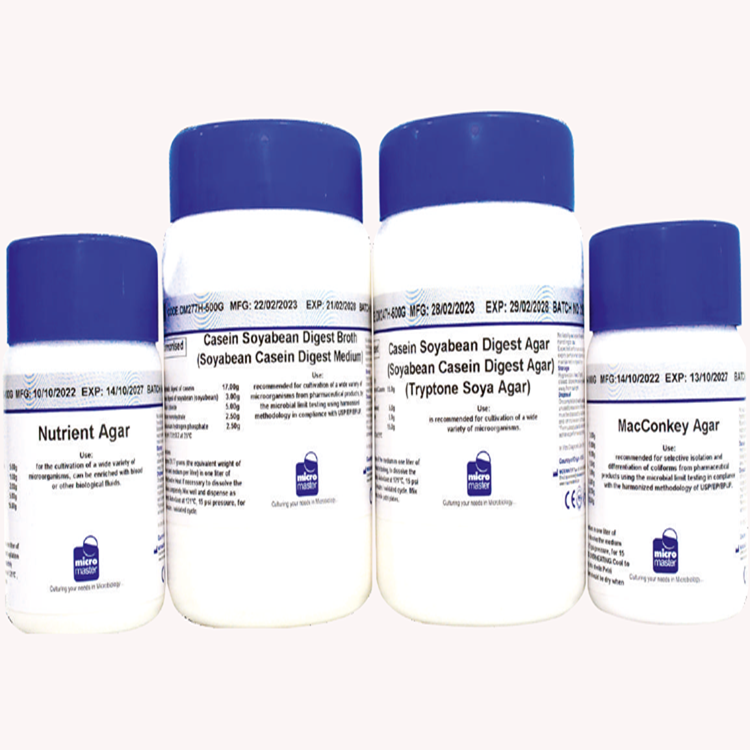


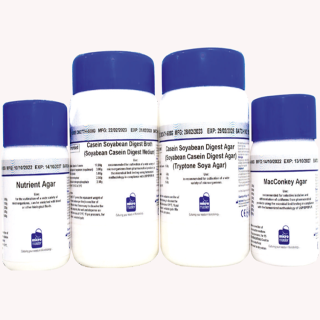
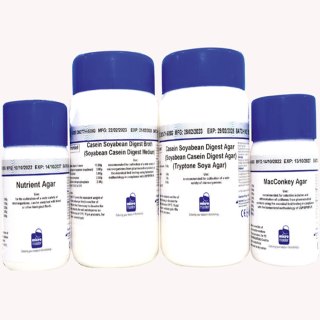
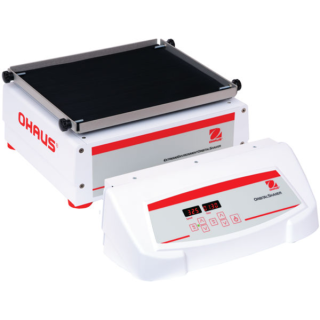
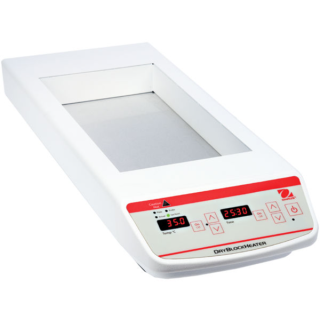
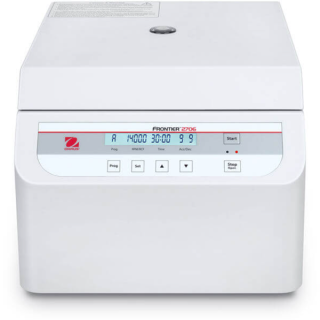

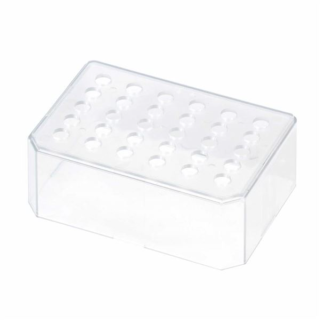
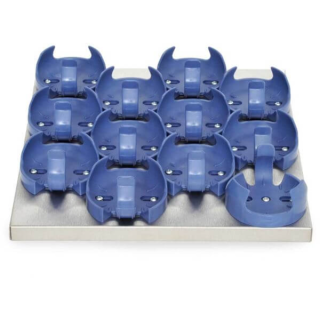




Reviews
There are no reviews yet.